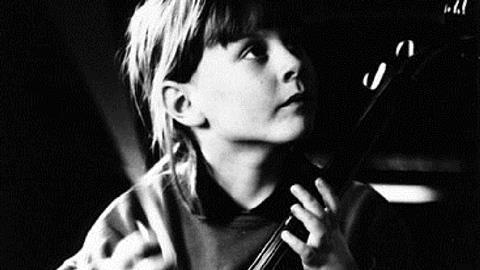Analogy in music teaching is useful, but it is especially powerful when it is personalised or self-generated, argues Naomi Yandell

Like many teachers of young beginner string players, over the years I have amassed a collection of teaching aids. This collection has developed in a variety of ways, often in the heat of the moment, to tackle whatever it is that my student is struggling with that day.
A substantial part of this arsenal (I speak metaphorically of course) is devoted to my use of comparative language to express ideas. This is because, as experienced teachers know – and as new teachers inevitably discover for themselves – the way we express ourselves in words and analogy can work wonders in the teaching studio. Or, to be more precise, it can if applied to the right student at the right time.
With young students, whose feelings are usually pretty transparent, it is immediately obvious if an analogy (or a particular image) works effectively. Eyes light up and there follows an eager play-through of the phrase – or whatever is being worked on. Teacher and student can both hear and appreciate the difference. Pleased glances are exchanged. Work may still need to be done, but there is understanding.
Close observation of the student’s reaction to an analogy is key to gauging its success or otherwise. Some analogies seem to work fairly well across the board. These are usually those that apply to every student’s life experiences. I have found that analogies about the family are particularly potent, although it is important to be aware of the structure of the student’s family to make this work smoothly and without causing upset. This said, I might ask students to play as though, for example, they are pleading with their parents for more pocket money or for a sleepover with their best friend.
Food, too, is a rich source of inspiration. Often, when I have wanted a beginner to aim for a smoother sound, I have said something along the lines of, ‘Now play it like chocolate sauce, not like cornflakes’ with astonishing results. But if a student happens to be the one in a hundred who hates chocolate, being super-quick to detect the dislike and suggest, say, maple syrup instead can avert disappointment. It is surprising how much this on-the-spot sensitivity means to young students; they tend to think of the teacher as a parent figure who should know every like and dislike.
In my experience, however, the most successful analogies are those that are thought up by the students for themselves. Because they have devised them and they are part of their psyche, these are the analogies that are more likely to hold up in a performance situation.
A while ago I was working on a ternary-form piece with a young student – which required contrasting staccato–legato–staccato articulation. It was almost coffee time and I wasn’t at my most articulate. ‘You mean play it as if I had bare feet and ran across hot sand?’ she asked (having just come back from holiday in Spain). She played the section again and we both knew she had understood. Inspired, she then decided that she wanted to play the legato section of the piece as if she were skating on an ice rink. It worked.
Since young children live so much in the moment the same applies when thinking up words for beginners to bow on open strings. With commonly used words like ‘I like caterpillars’ (for two crotchets and four quavers) I find that there is much more enthusiasm if I consult the student about the veracity of the words. ‘Do you like, hate or love caterpillars?’ I may ask. Immediately interest is aroused, a decision is taken after some discussion, and the music is played with conviction. Or, even better, I ask students to invent their own words to a rhythm; it results in more committed playing.
This creative thinking in lessons tends to feed through into practice sessions. This is why, inspired by my students, I have a growing number of ideas concerning language and analogy in my arsenal and why I wouldn’t have it any other way.


























No comments yet